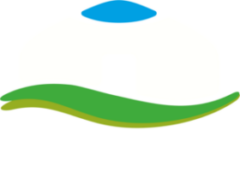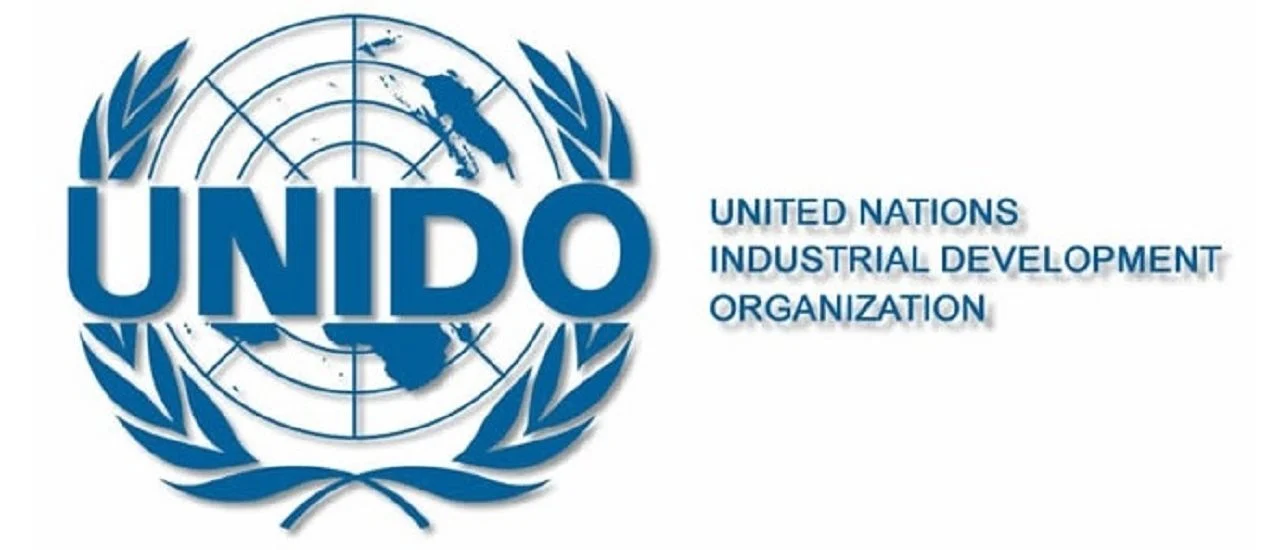Between Kyrgyzstan and Kazakhstan (Kyrgyz and Kazakh names accordingly)
- Ak-Zhol/Korday (24 hours — E-visa is accepted) — near Bishkek city
- Chaldybar/Aisha Bibi (till 18.00- E-visa is accepted) — near Kara-Balta town
- Ak-Tilek/Karasu (till 18.00 — E-visa is accepted) — near Kant town
- Karkyra/Kegen (till 18.00 from May to September — NO E-visa) — near Karakol town
- Chon-Kapka/Jibek-Jolu (till 18.00 — E-visa is accepted) — near Talas town
Between Kyrgyzstan and China
- Torugart * (10.00 — 16.00, lunch time 12.00-14.00 — E-visa is accepted) — Naryn region
- Irkeshtam * (10.00 — 16.00, lunch time 12.00-14.00 — E-visa is accepted) — Osh region
*Closed on weekends, Kyrgyz and Chinese national holidays. Chinese border service function according to Beijing time.
Between Kyrgyzstan and Tajikistan (Kyrgyz and Tajik names accordingly)
- Kyzyl-Bel/Gulistan (till 18.00 — E-visa is accepted) — near Batken town
- Kulundu/Ovchi-Kalacha (till 18.00- E-visa is accepted) — near Isfana town
- Bor-Dobo/Kyzyl-Art (till 18.00 — E-visa is accepted) — near Sary-Tash village
Between Kyrgyzstan and Uzbekistan (Kyrgyz and Uzbek names accordingly)
- Dostuk/Dustlik (till 18.00 — E-visa is accepted) — near Osh city
- Madaniyat/Uchkurgan (till 18.00- NO E-visa) — near Jalalabat town





